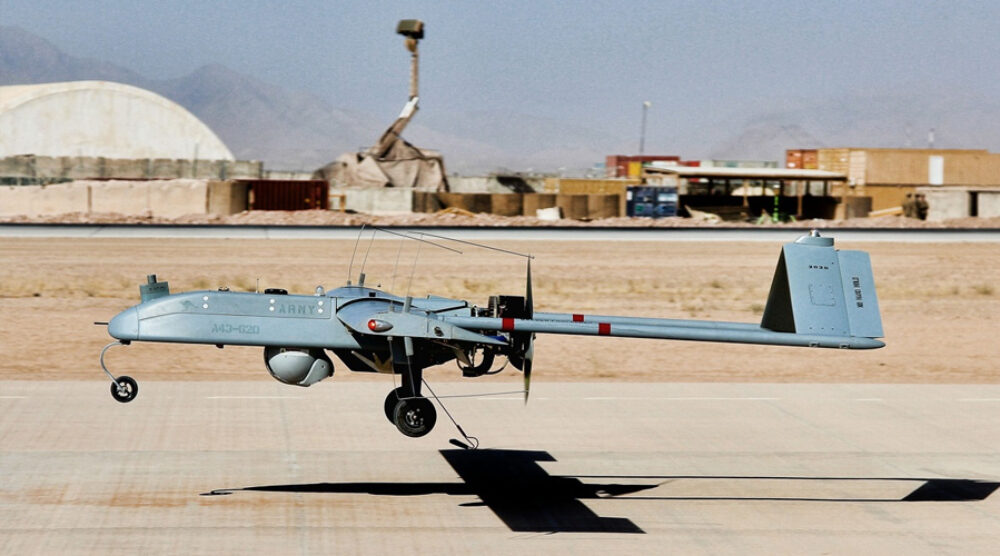The first Military International Drone Racing Tournament was just held in Sydney, featuring competitors from across the world, and the Australian Army team did very well. This shouldn’t surprise. The Army has declared that it will soon “be the most unmanned [air vehicle] army in the world per capita”. Three types are drones are to be used in a sophisticated and overlapping structure to support soldiers on the battlefield.
The first layer is in the form of the RQ-7B Shadow 200, the giant of the family. At 200 kilograms, this winged drone is launched using a pneumatic catapult mounted on a trailer and landed on a short runway with simple gear to drag it to a halt.
The second layer is the RQ-12 AeroVironment Wasp AE, a 1.3 kilograms bird-shaped drone. This small drone is hand-launched – essentially thrown into the air – and recovered when the operator forces it into a deep stall, landing on land or in water.
The third is truly a baby – the PD-100 Black Hornet Nano. This tiny helicopter weighs only 18 grams and is carried by a solider. All three types of drones carry video cameras capable of day/night operation.
To illustrate how this might work in the field, imagine a patrol is set a task to clear a village. A day or so before, the Shadow would be sent on a reconnaissance mission, flying at some 2000 metres above to gather detailed intelligence, which could include enemy positions, choke points, safe road routes, and the location of obstacles.
Please click here to read the full “The Australian Army’s drone air force” article at the Lowy Interpreter, written by Griffith Asia Institute Visiting Fellow, Dr Peter Layton.








